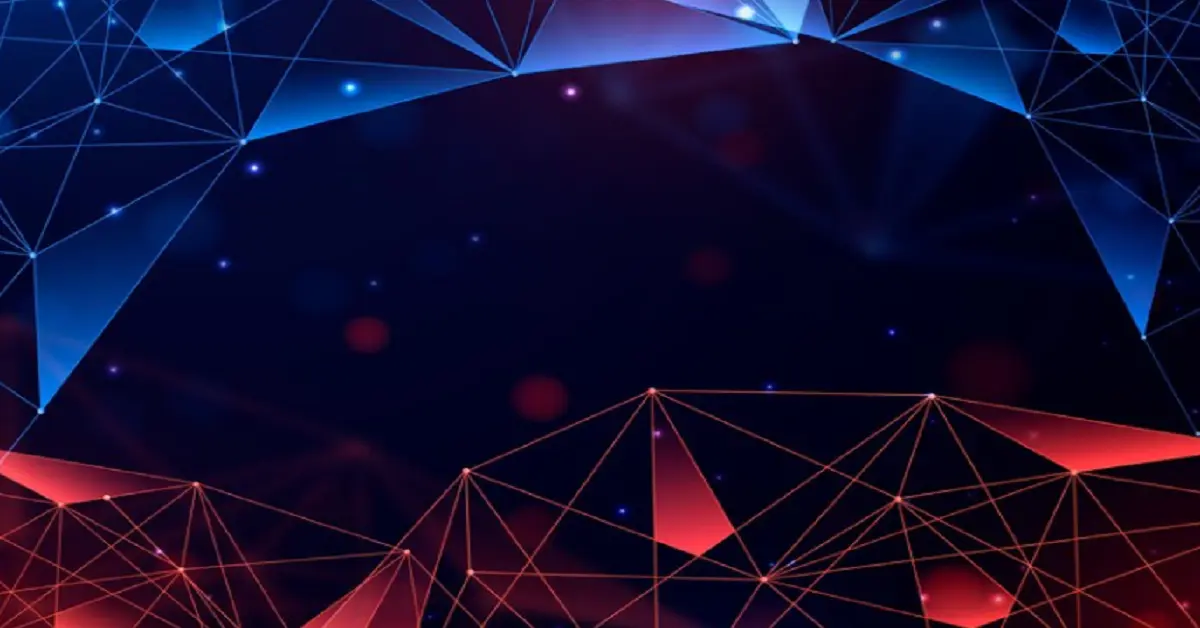Understanding the Significance of Blue and Red Colors

blue:uaubnlwtyh8= red .Colors are more than just visual stimuli—they carry deep emotional, psychological, and cultural significance. Among the spectrum, blue and red stand out as two of the most impactful colors. They are often used in branding, marketing, and art to convey specific messages and evoke particular emotions. This article dives into the psychology behind these colors, their usage in different contexts, and their combined effects.
How Colors Influence Emotions and Behavior
Colors can affect our moods and behaviors in profound ways. For example, the color blue is often associated with calmness and stability, while red is linked to excitement and urgency. Understanding these associations can be key in harnessing the power of colors in design, marketing, and everyday life. blue:uaubnlwtyh8= red
The Role of Colors in Branding
Brands meticulously choose their color palettes to evoke specific feelings and build identity. Blue is often seen in industries like technology and finance because of its trustworthiness, while red is popular in food and retail for its ability to grab attention and stimulate appetite.
The Color Blue: Symbolism and Usage
Blue in Nature and Culture
Blue is ubiquitous in nature, from the sky to the ocean, symbolizing vastness and depth. Culturally, it often represents tranquility and security, making it a favorite in designs aimed at conveying peace or reliability.
Psychological Effects of Blue
Blue is known for its calming effect, often lowering blood pressure and heart rate. It’s commonly used in spaces where relaxation is a priority, such as bedrooms or spas. However, it can also evoke feelings of coldness or detachment if overused.
Common Uses of Blue in Design and Marketing
In design, blue is versatile—it’s used in corporate logos, websites, and products to communicate professionalism and trust. It’s also prevalent in social media platforms like Facebook and Twitter, where the focus is on communication and connection.
The Color Red: Symbolism and Usage
Red in Nature and Culture
Red is the color of passion, danger, and love. Found in the vibrant hues of flowers and the fiery glow of sunsets, red is deeply embedded in cultural rituals and symbols worldwide. It often represents life and vitality, but also warning and urgency.
Psychological Effects of Red
Red is a stimulating color, known to raise energy levels and provoke strong emotions. It can increase heart rate and adrenaline, making it effective in situations where an immediate response is desired, such as in sales promotions or emergency signs.
Common Uses of Red in Design and Marketing
Red is frequently used in marketing to create a sense of urgency or to stand out in a crowded marketplace. It’s a go-to color for clearance sales, fast food chains, and entertainment industries where excitement and energy are key. blue:uaubnlwtyh8= red
The Intersection of Blue and Red: Complementary or Contrasting?
The Science of Color Mixing
When combined, blue and red create purple, a color often associated with creativity and luxury. However, when placed side by side, these colors can create a striking contrast that draws attention and conveys a balance between calmness and energy.
Blue and Red in Art and Design
Artists and designers often use blue and red together to create dynamic compositions. The contrast between the coolness of blue and the warmth of red can be used to guide the viewer’s eye or evoke a specific emotional response.
Symbolic Interactions Between Blue and Red
In symbolism, blue and red can represent opposing forces—such as peace versus passion, or stability versus action. This duality makes them powerful tools in visual storytelling and branding, where contrasting ideas are communicated.
Blue and Red in Technology and Media
Blue and Red in UI/UX Design
In user interface (UI) and user experience (UX) design, blue is often used for links, buttons, and backgrounds to create a user-friendly and trustworthy environment. Red, on the other hand, is typically reserved for alerts, notifications, and call-to-action buttons to grab the user’s attention immediately.
The Impact of Blue and Red in Digital Marketing
In digital marketing, blue is often used in email campaigns and landing pages to instill a sense of trust and calm, leading to higher engagement rates. Red is strategically employed in ads and promotions to create urgency and drive conversions.
The Role of Blue and Red in Social Media Platforms
Blue dominates many social media platforms, not just because of its calming effect, but also because it encourages communication and connection. Red is often used sparingly to highlight new notifications or urgent updates, making it an effective color for capturing immediate attention.
Conclusion
The Lasting Impact of Blue and Red on Human Perception
blue:uaubnlwtyh8= red .Blue and red are two of the most powerful colors in the human perceptual experience. They influence our emotions, behaviors, and decisions in significant ways. Whether used separately or together, they have the ability to shape how we interact with the world around us, from the brands we trust to the art that moves us.